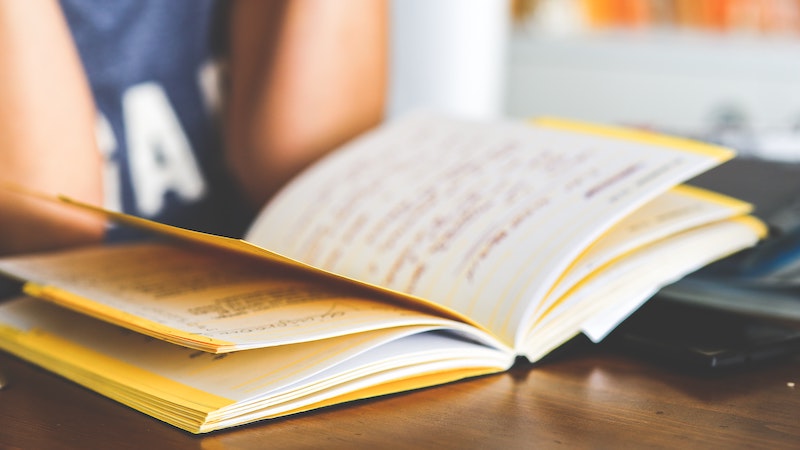Study Skills
Episode #8 of the course Helping your child become a better student by Rebecca Jordan
In the previous lesson, we covered three of the major time management skills that can be implemented with your school-age children: structured time, prioritizing, and keeping a calendar. Today, you will read about another vital skill regarding student success: study skills. If you have been following this course closely, I have mentioned many “if I had a nickel” scenarios, and this is definitely one of them. There have been so many instances in my classroom where students simply have no idea how to study for quizzes and tests. It seems commonsensical: Listen to the material being taught, reread and review the material being taught, memorize the material taught, rehearse the material taught, and then replicate the material taught for the assessment. In a perfect world, we would be able to sit down with our children every night, hold their hand, have milk and cookies, and do this with them until they master it, but that is just not the reality. All the strategies presented to you during this course are most definitely more work on the front end, but once it is established as a habit, they will become routine.
Reviewing notes. Proactively reviewing the notes the teacher has provided for your child on a nightly basis makes reviewing for quizzes and tests that much easier. Make it a game or another way to rehearse reading (see Lesson 2) each night. It also spurs conversation and can address any misconceptions they may have about a certain content area. Most importantly, do NOT make it a punishment or a chore, but just a part of the daily routine, like brushing your teeth or drinking your milk with dinner.
Flashcards. In keeping with the old school mentality in a new school, technology-filled world, there is nothing like a stack of flashcards to help a child memorize certain information. You would obviously start by making the flashcards for them and then going through them together. However, the beauty of flashcards is that they can use them independently—that is the methodology behind their design. Creating the flashcards also improves retention through the muscle memory they tap into when rewriting information.
Knowing what type of learner your child is. This is a bit of educational jargon, but children fit into a variety of learning styles: kinesthetic, visual, and auditory. Translation: Learn by moving, learn by seeing, and learn by hearing. Understanding what type of learner your child is will help you learn what will be the most effective way to help them study. Do you need to make it a basketball game? Do they need to rewrite them in a quiet place alone? Do they enjoy listening to you read their notes to them and explain your thinking? This can provide you with some direction—don’t be afraid to also ask their teacher about their thoughts regarding your child’s learning style!
Today’s lesson was encouragement to be intentional when it comes to basic study skills. Like time management and organization, this is not an innate, natural inclination that many people have. Tomorrow’s lesson will focus on setting high expectations to encourage your children to be better students.
Recommended book
Share with friends

